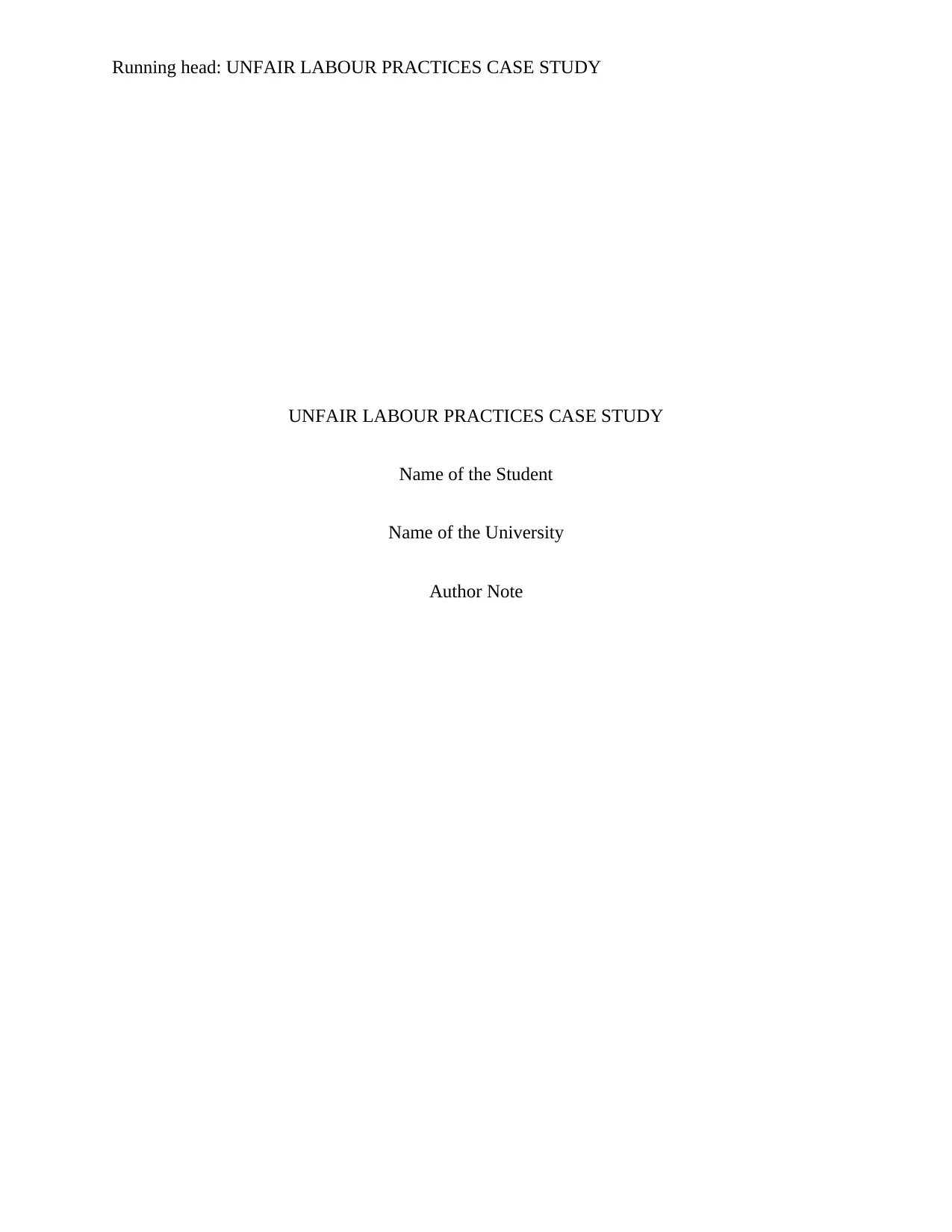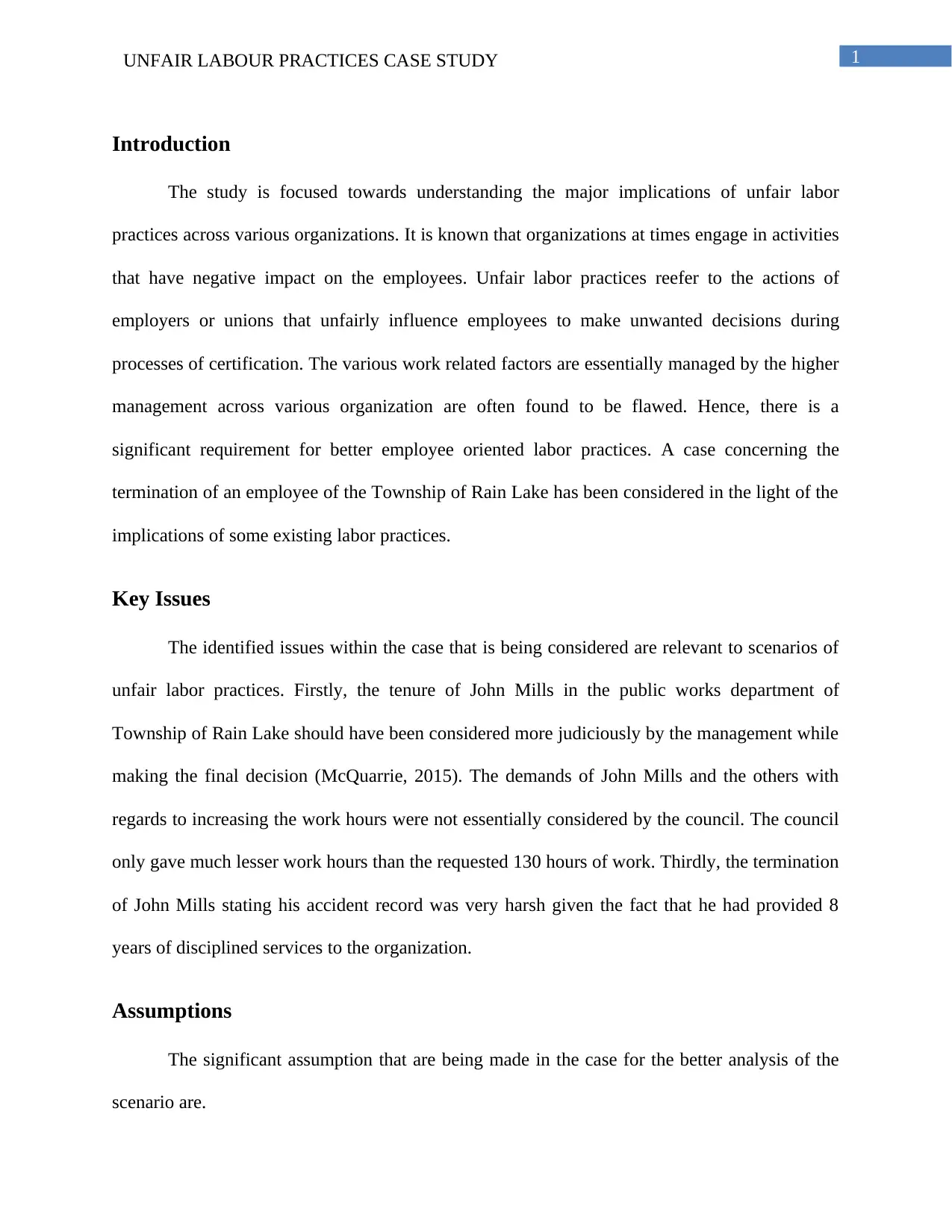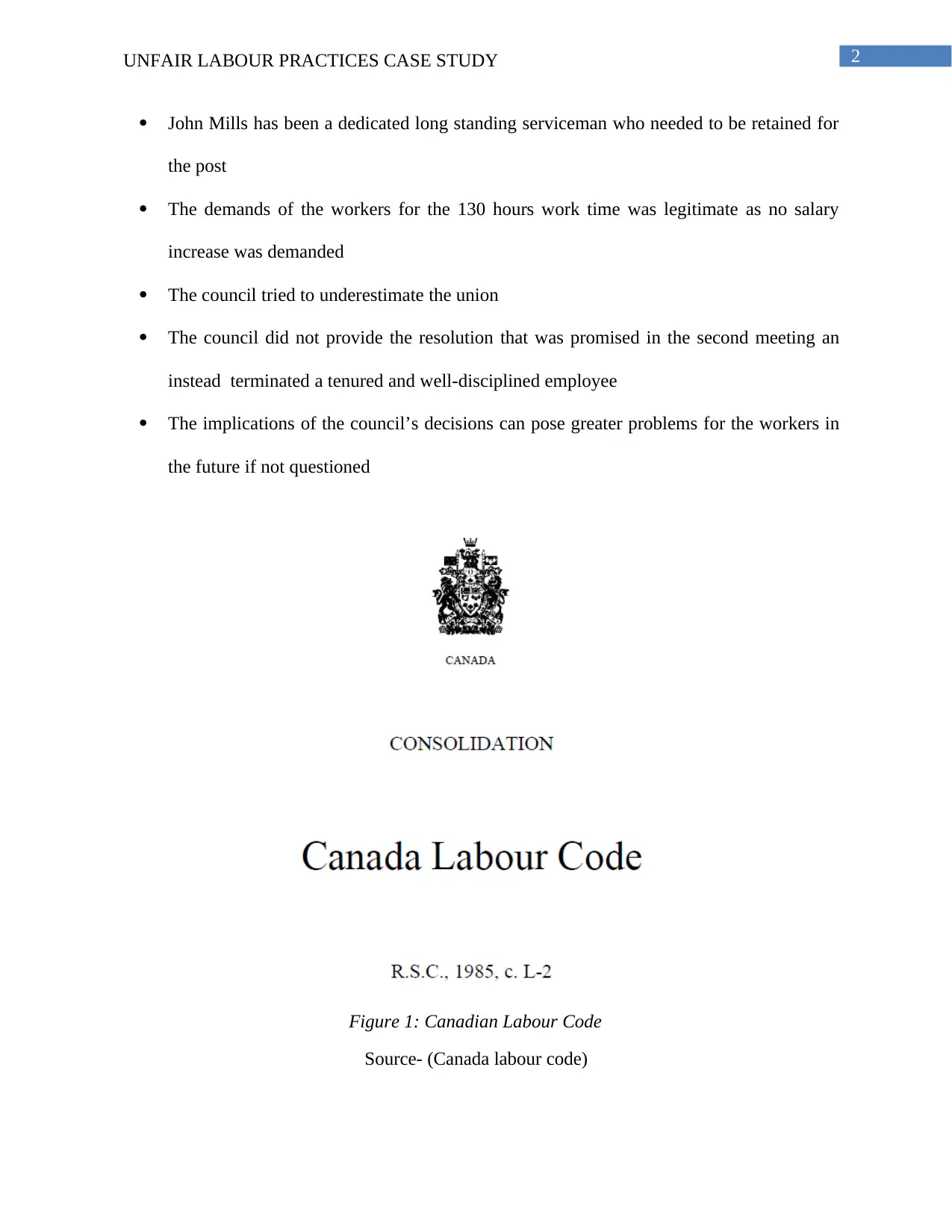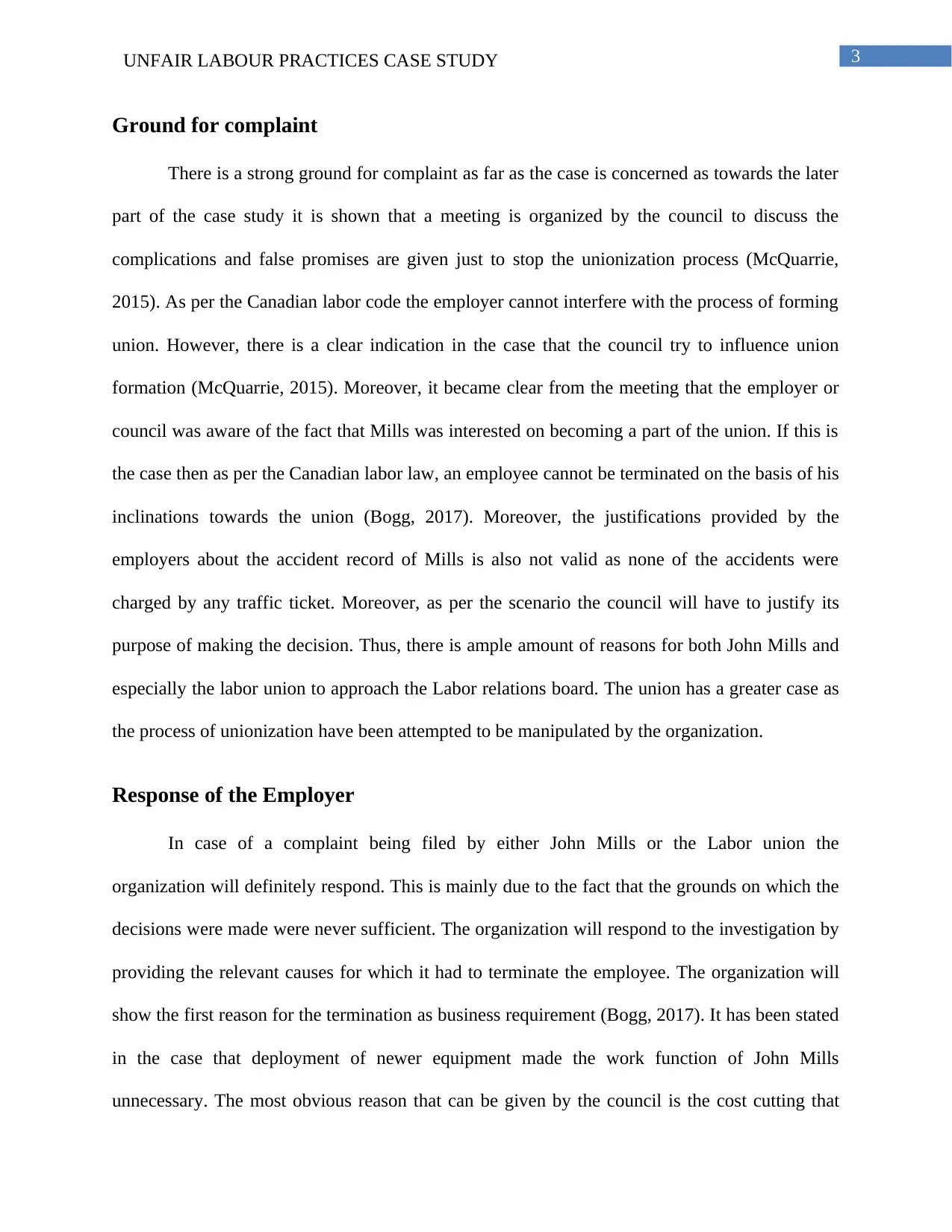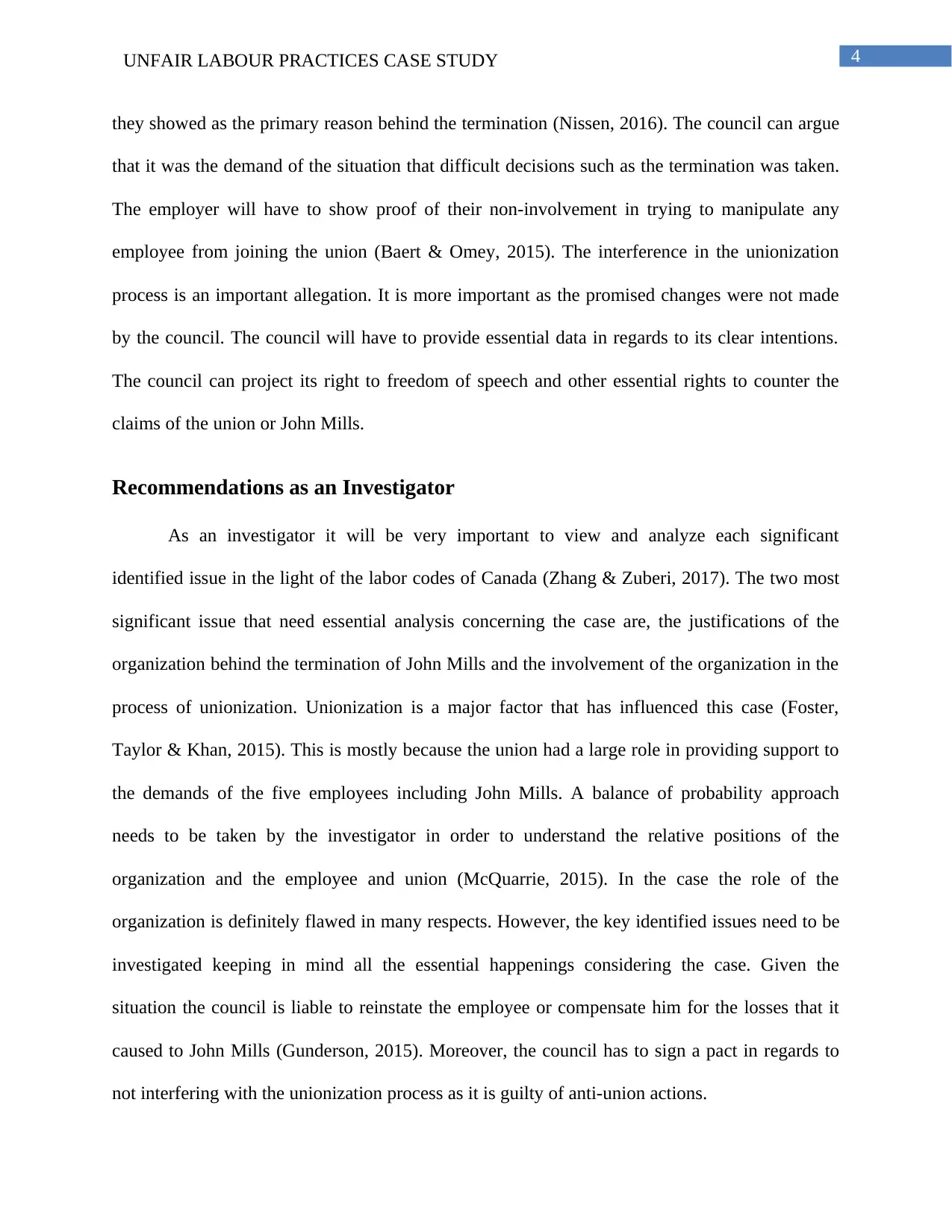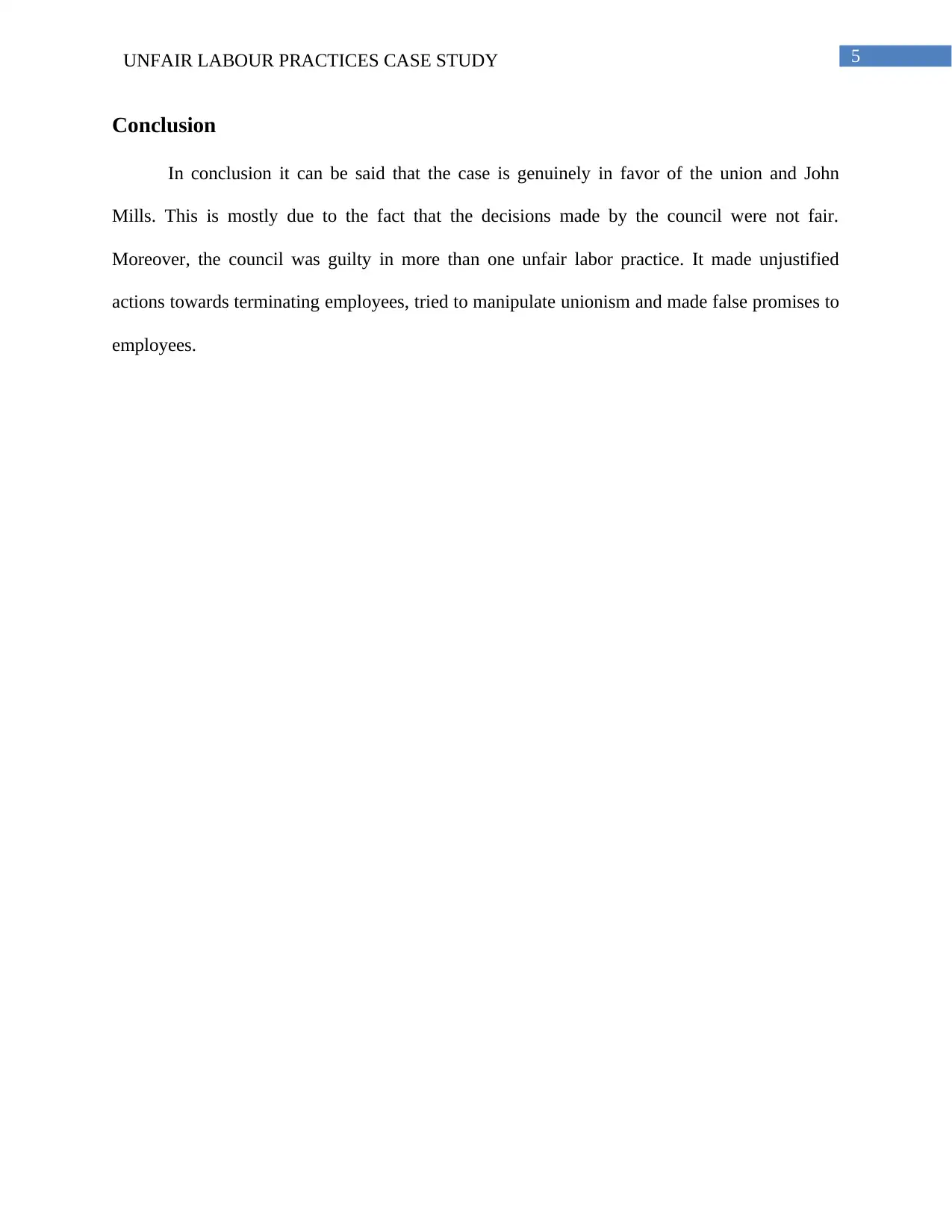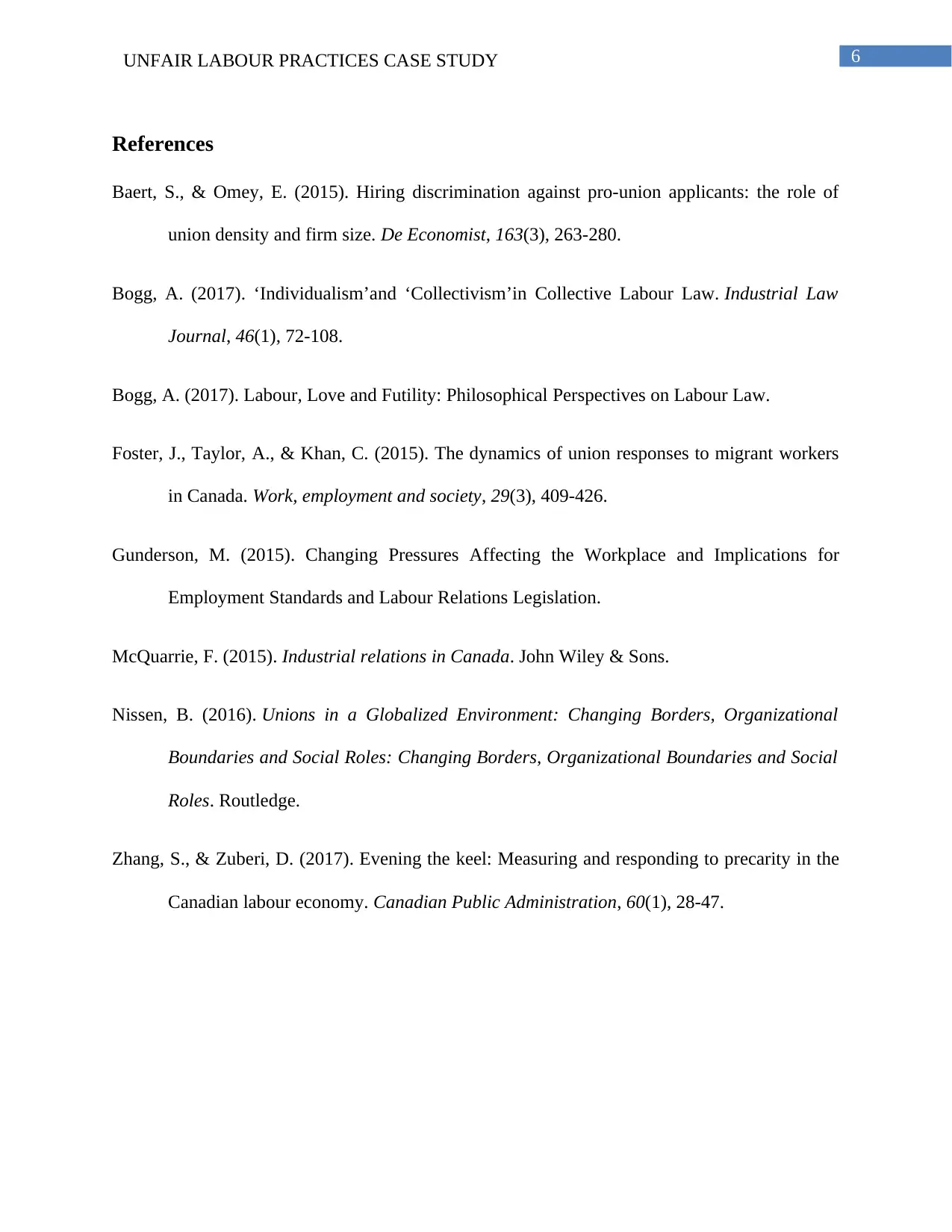The study is focused towards understanding the major implications of unfair labor practices across various organizations. It is known that organizations at times engage in activities that have negative impact on the employees. Unfair labor practices reefer to the actions of employers or unions that unfairly influence employees to make unwanted decisions during processes of certification. The various work related factors are essentially managed by the higher management across various organization are often found to be flawed. Hence, there is a significant requirement for better employee oriented labor practices. A case concerning the termination of an employee of the Township of Rain Lake has been considered in the light of the implications of some existing labor practices.
![[object Object]](/_next/static/media/star-bottom.7253800d.svg)
![[object Object]](/_next/static/media/star-bottom.7253800d.svg)
